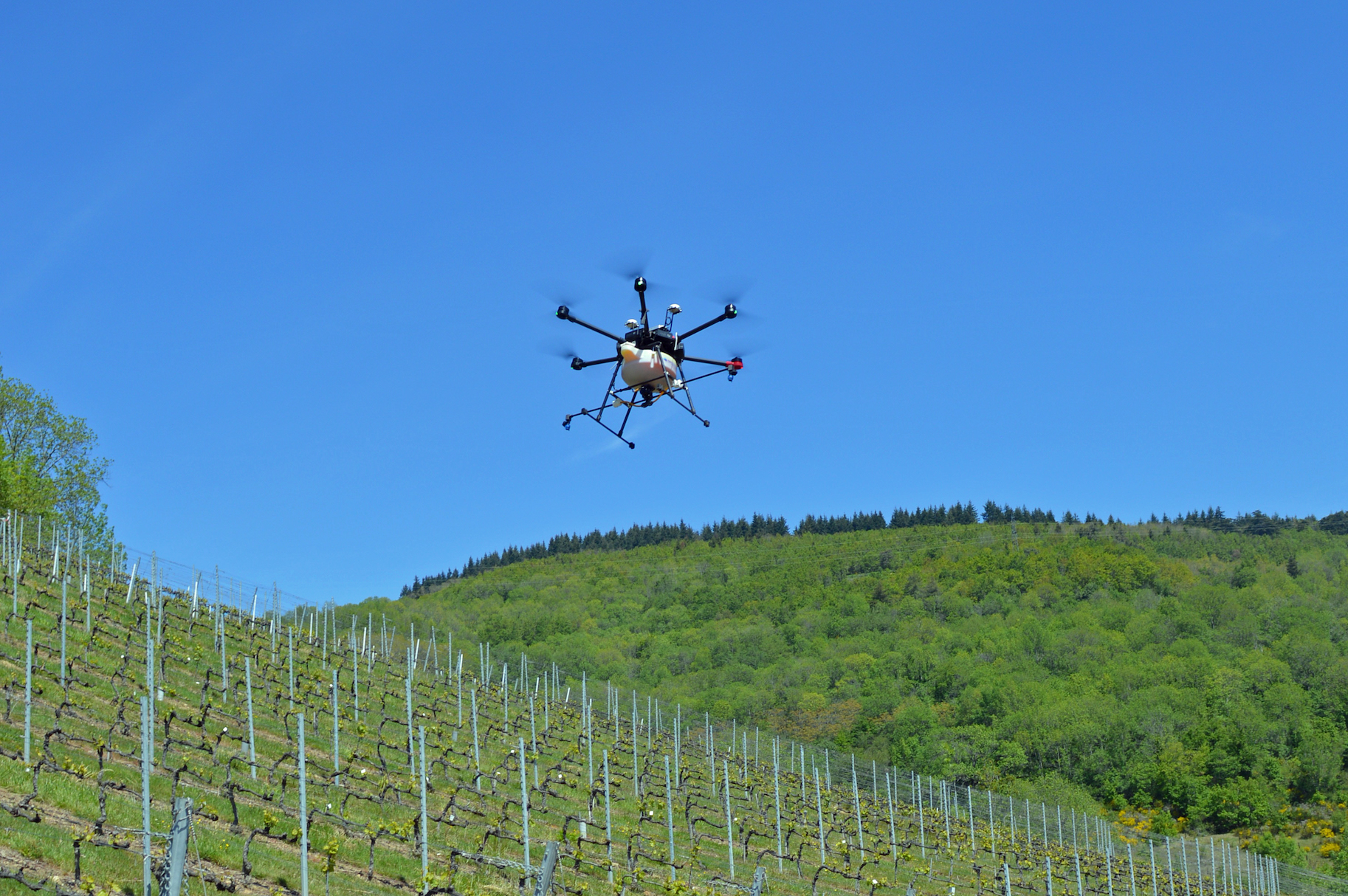
Previously driven by a logic of intensification and yield in order to feed an ever-increasing population, agricultural sectors must now evolve to adapt to environmental (global warming, collapse of biodiversity, reduction of resources, etc.) and ethical (respect for animal welfare) issues.
Food security, which represents the possibility for everyone to have daily access to food of sufficient quality and quantity, is now accompanied by strong demands on production methods to make them more sustainable. There is also the question of maintaining a living rural fabric, based on attractive "family" agriculture. These are demanding criteria that have emerged, and which are imposed, but how can we meet the growing demand while promoting sustainable agriculture, respectful of animals and the environment?
Digital technology: an undeniable opportunity, with risks to be controlled
At all levels of agricultural production and its ecosystem, digital technology is now part of the solutions capable of supporting this virtuous transition by providing :
- data and acquisition technologies (satellites, sensors, connected objects, smartphones, etc.);
- data and transfer and storage technologies (3G/4G/5G coverage, low-speed terrestrial or satellite networks, clouds);
- and embedded or remote processing technologies (supercomputers accessible via very high-speed communication networks, artificial intelligence).
The sector has indeed embraced the arrival of digital technology, culminating in the emergence, since 2010, of the concept of 'digital agriculture'.
However, as in all fields, the development of digital technology is accompanied by the emergence of risks that it is important to be aware of and to measure when implementing solutions for the agriculture of tomorrow. The first is ecological, since, even if today it allows environmental factors to be taken into account in order to respond to ecological issues, digital technology itself has a definite ecological footprint through the various equipment and data capture, transfer, storage and calculation operations that it offers. Other risks need to be taken into account: social, with the exclusion of minority forms of agriculture by digital technology, but also those linked to digital sovereignty (particularly through data management), cybersecurity, and potential dependence on certain technological resources.
Six chapters to better understand the subject of digital technology in agriculture
This observation led INRAE and Inria to work together to create a white paper on the subject. The two public institutes, known respectively for their in-depth knowledge of agriculture and its stakeholders and for their expertise in digital science and technology, contribute on a daily basis to assessing, explaining and publicising the benefits and risks of digital technology in agriculture, and to analysing and developing solutions that increase the benefits and reduce the risks.
Five researchers (Veronique Bellon-Maurel - INRAE, Ludovic Brossard - INRAE, Frédérick Garcia - INRAE, Nathalie Mitton - Inria and Alexandre Termier - University of Rennes 1 / Inria) have been commissioned to draw up an inventory of the current situation, but also to provide guidelines for research in order to better understand, control, prepare, equip and support the deployment of digital technology in agriculture and in the food chain.
This work has resulted in a 140-page document, organised into six chapters, which provides an overview of the issues surrounding the transformation of agriculture and food systems, as well as the possibilities offered by digital technology for the agro-ecological transition and the risks associated with the uncontrolled development of digital agriculture. The last chapter reviews the questions and technical challenges identified that could become the subject of research work for INRAE and Inria on the subject of responsible digital agriculture.
Inria and INRAE: a long-term collaboration
This work on the "Digital Agriculture" white paper reinforces a long-standing collaboration between Inria and INRAE. The institutes signed a scientific partnership in 2005, which was followed five years later by the conclusion of a first framework agreement, which was subsequently renewed.
Today, Inria and INRAE have five joint project teams (Biocore, MOSAIC, Graphik, Pléiade, and MUSCA), as well as joint service units, joint participation in several scientific interest groups (GIS) and major structuring projects such as #DigitAg - the Convergences in Digital Agriculture Institute - and the PEPR SADEA, which will be launched in 2021. Numerous scientific results (publications, patents, etc.) support this collaboration.
Read the white paper online
Download the white paper
Several formats are available: